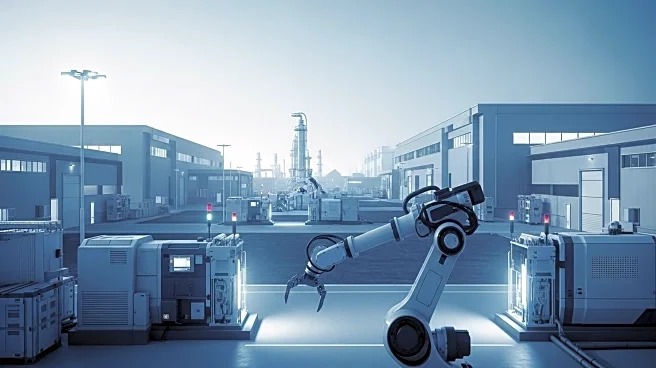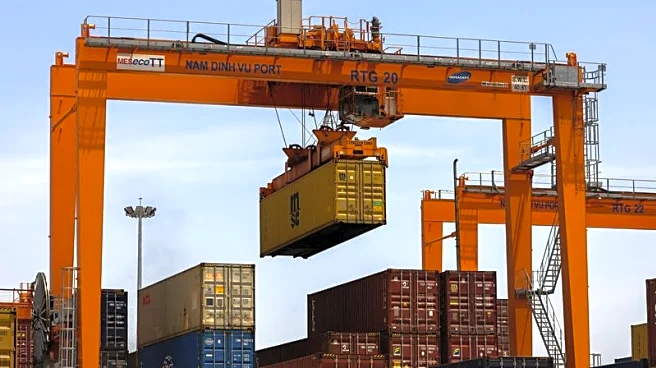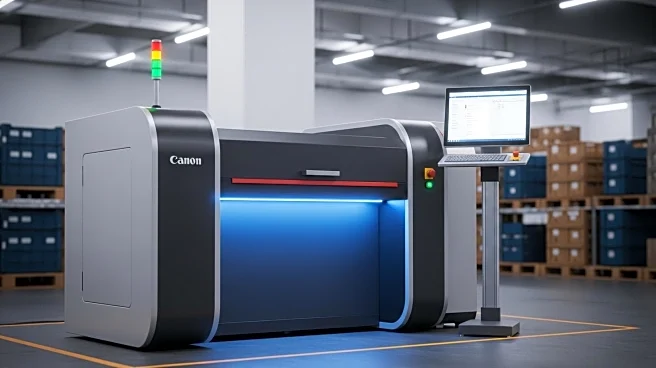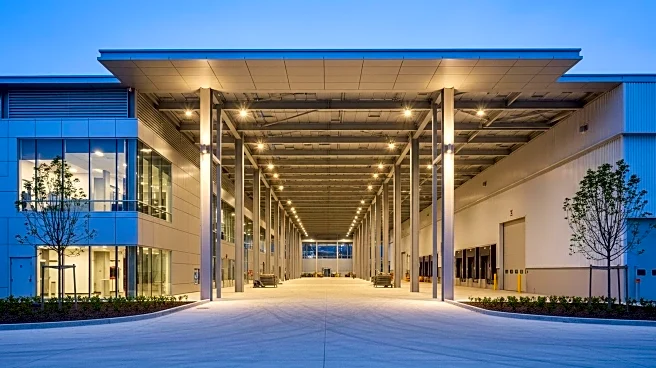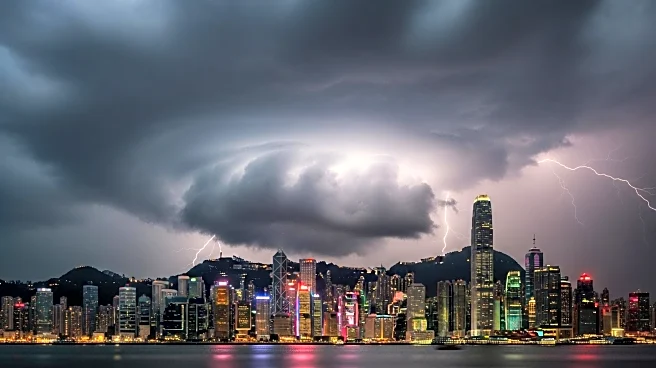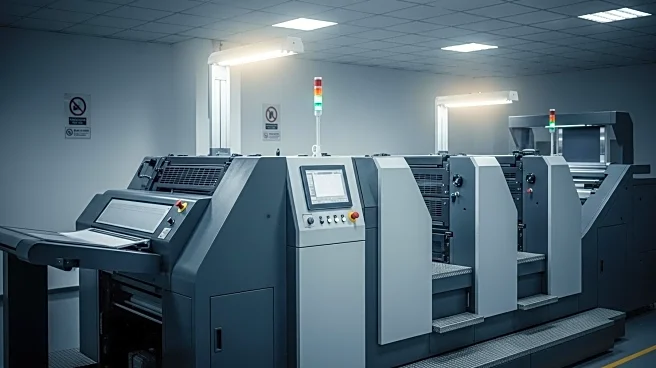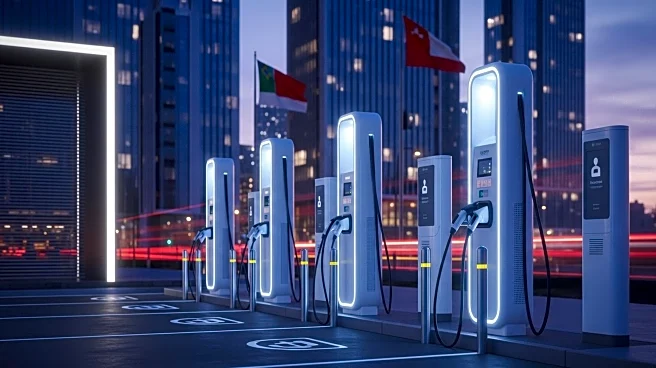What is the story about?
What's Happening?
Vietnam has attracted nearly $12 billion in foreign direct investment (FDI) into its manufacturing sector in the first half of 2025, marking a 32% increase from the previous year. This surge represents the highest level of FDI inflow since 2009 and is driving significant growth in Vietnam's industrial real estate market. The influx of FDI is not only expanding industrial land portfolios but also boosting infrastructure, logistics, and ready-built factories. The growth is attributed to global supply chain diversification strategies, trade tensions, and Vietnam's favorable trade agreements, which provide access to 65% of the global market.
Why It's Important?
Vietnam's record FDI inflow is crucial for its economic development, positioning the country as a global manufacturing hub. The investment supports Vietnam's transition to high-value and sustainable industrial development, enhancing its industrial real estate sector. The 'China + 1' strategy and Vietnam's trade agreements make it an attractive destination for export-oriented manufacturers, offering competitive labor costs and integration into regional supply chains. This development strengthens Vietnam's role in the global production chain, contributing to its economic growth and industrial expansion.
What's Next?
Vietnam is expected to continue attracting FDI, with a focus on green and high-tech projects, such as Lego's green factory and chip packaging investments. The industrial real estate market will likely see increased demand for ready-built factories, driving rental yields and occupancy rates. Vietnam's infrastructure connectivity, including expressways and seaports, will be expanded to sustain investment appeal. Incentive policies may be adjusted to align with global tax standards, while efforts to cultivate a skilled workforce for high-tech manufacturing will be critical for maintaining growth.
AI Generated Content
Do you find this article useful?
